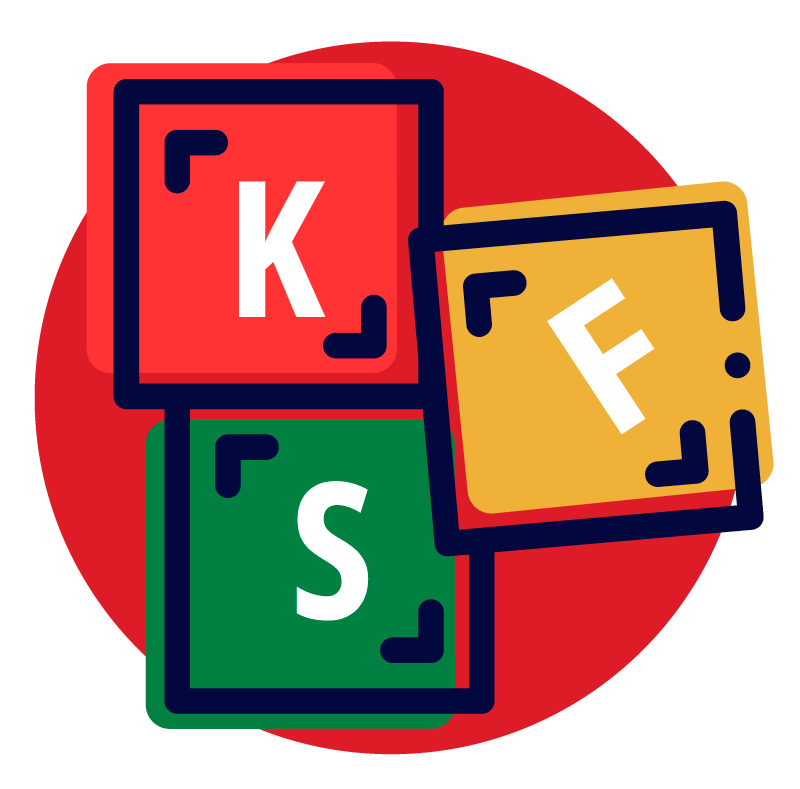As the recently launched portal for State funding garners attention, a wave of challenges is sweeping through the ranks of newly placed students who are endeavoring to secure loans, bursaries, and scholarships. With a mere week since its inauguration, the portal has become both the gateway to financial aid and a source of contention for many.
Among the 285,167 hopeful applicants who have been successfully assigned to various university and TVET courses, a significant subset has encountered stumbling blocks while attempting to access the portal. With less than a month left until the application deadline, the urgency to surmount these hurdles has intensified.
Initiated on August 3, the Higher Education Financing portal beckons undergraduate and TVET aspirants to submit their requests for financial support. This process necessitates an array of essential documents, including an email address, national ID, admission letter, birth certificate, and the learner’s phone number.
Agnes Mercy Wahome, CEO of the Kenya Universities and Colleges Central Placement Service, extended assurance to the impacted applicants, stating, “The scholarship and loan portal is run by the Helb [Higher Education Loans Board]. However, they can visit the Huduma centres, any universities or TVET institutions as we have enabled all registrars to support.”
Meanwhile, Helb CEO Charles Ringera has affirmed the operational integrity of the portal, noting the receipt of over 2,000 applications without hitches.
Amidst this dynamic backdrop, the implementation of the new funding model takes center stage. Categorizing applicants into four distinct groups—vulnerable, extremely needy, needy, and less needy—the model holds the promise of equitable support allocation. It hinges on multifaceted factors, including parents’ background, gender, course type, marginalization, disability, family size, and composition.
A particularly noteworthy facet of the model is its emphasis on addressing the needs of the vulnerable. Comprising 29 percent of the incoming university and TVET cohort, this subset stands to benefit from the government’s pledge of comprehensive financial backing.
As the portal’s teething issues persist and the novel funding model finds its footing, the collective aspiration remains clear: to pave an accessible and supportive path for aspiring scholars toward their educational pursuits.










